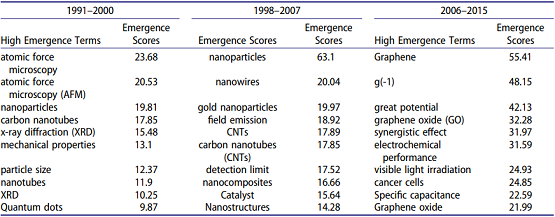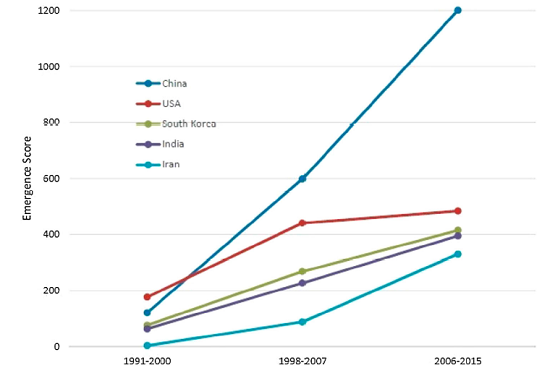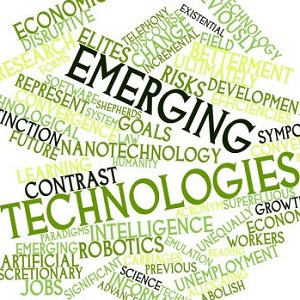Understanding the situation and vision in the development of various technologies and how scientific advances turn into technological innovation are among the concerns for managers and policy-makers. It is also a need to determine scientific and technological priorities in countries. Technological emergence indicators can provide valuable information for the drawing of technology roadmap and future study of science and technology.
A group of researchers in the field of technology policy-making in Georgia Institute of Technology, USA, and Fudan University, China, have recently introduced emergence indicators and hot research topics in the field of nanotechnology in various periods by using text mining method as well as bibliometric techniques, and they have also studied the main players in this area including researchers, universities, research centers, and countries. This study has been defined as an Intelligence Advanced Research Projects Activity (IARPA) Foresight and Understanding from Scientific Exposition (FUSE) in the field of emerging indicators development, and it has been fund by the United States National Science Foundation.
Top 10 high emergence nanotechnology terms by time period

Hot topics are expressions or concepts with very high citations in the recent years. These subjects change in time and new subjects emerge. Accordingly, nanotechnology articles were firstly extracted from Web of Science Databank in the last three decades by using a search string provided by the same team. The abstracts of the articles were put into text mining software, and emerging subjects were extracted in time intervals in order to calculate emergence score for each subject. In the end, the share of countries, research institutes, and researchers in the publication of articles in hot subjects are determined in each period. The important point of this study is that players in the field of nanotechnology have been studied and ranked in each decade according to high emergence nanotechnology terms in that period.
Results of the study show that subjects related to characterization methods and some nanomaterials such as nanoparticles and nanowires were on the top of research subjects in 1991-2000, and they acquired the largest emergence score. In 1998-2007, new nanomaterials were added to the list while in the third period (2006-2015), emerging materials such as graphene and various applications of nanomaterials were on the top of the subjects.
Ranking of countries according to emergent terms in the first decade shows that the United States, Japan, China, Germany, and France are the top 5 countries both in the number of articles and in emergence score. In the second decade, China possessed the first rank with its rapid growth in the development of nanotechnology. In the third decade (2006-2015), China, the United States, South Korea, India, and Iran possessed the first to fifth rank in emergence score, respectively. The interesting point is that China, the United States, Japan, Germany, and South Korea are the top 5 countries in the number of nanotechnology publications while India and Iran are in the 6th and 13th places, respectively. This fact shows that countries such as India and specifically, Iran, have not only experienced significant growth in the number of nanotechnology articles, but also their publications have played an important role in emerging nanotechnology terms.

Top 5 countries according to focusing on emerging nanotechnology terms in various time intervals in 1991-2015
As is seen in the chart, the growth in this indicator has been less than three times in the United States in 15 years while Iran has had a growth of more than 8000 % (80 times) at the same period. Results of the study show the full dominance of Chinese research institutes (73 among top 100 research institutes) in hot topics in the third decade. South Korea, the United States, and Iran possess the next ranks after China by having 5, 3, and 3 research centers.
The important point in selecting the emergent terms through data mining method is the correct data cleaning. According to the article authors, minimal cleaning has been performed in this article. The existence of some terms such as "g(-1)", "great potential", and similar terms like "atomic force microscopy" and "atomic force microscopy (AFM)" or "graphene oxide" and "graphene oxide (GO)" in the above table is the result of this point, which can be considered as a weak point in this research.
Results of the research have been published in a paper entitled "National Nanotechnology Research Prominence" in Technology Analysis & Strategic Management in June 2018.


